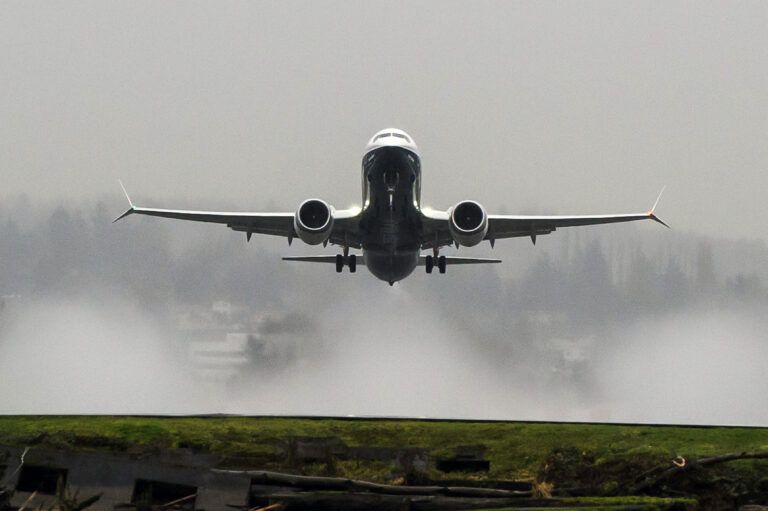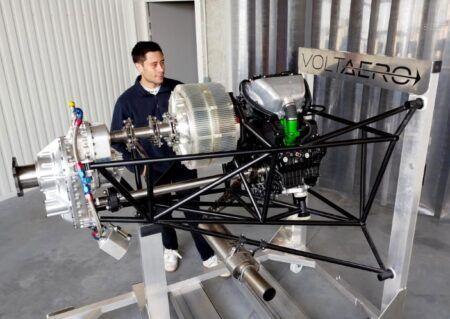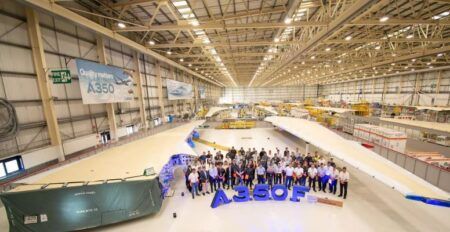The European Union Aviation Safety Agency is set to recertify the Boeing 737 Max in January following the FAA’s lifting of its grounding order on the aircraft last week.
The Boeing 737 Max has been grounded in Europe since March 12, 2019 after the crashes of Lion Air Flight 610 and Ethiopian Airlines Flight 302, which resulted in the tragic loss of 346 lives. EASA said that the work to recertify the aircraft had involved around 20 experts over a period of around 20 months has now given EASA the confidence to declare the aircraft will be safe to fly again.
The agency has published a Proposed Airworthiness Directive (PAD) concerning the Boeing 737 Max for public consultation, which signals its intention to approve the aircraft to return to Europe’s skies within a matter of weeks. The consultation closes on December 22, 2020.
The PAD covers changes that must be made to the 737 Max for it to operate in Europe, such as software updates for the flight control computer, including the MCAS blamed for the crashes, changes to the alert displays in the cockpit, alterations to the routing of wires from the cockpit to the stabiliser trim motor, updates to flight manuals and changes to pilot training.
The EASA PAD requires the same changes to the aircraft as the FAA’s, meaning that there will be no software or technical differences between the aircraft operated by USA operators and EASA member state operators.
However, EASA said its requirements differ from the FAA’s in that they explicitly allow flight crews to intervene to stop a stick shaker from continuing to vibrate once it has been erroneously activated by the system, to prevent this distracting the crew. EASA also, for the time being, mandates that the aircraft’s autopilot should not be used for certain types of high-precision landings. The latter is expected to be a short-term restriction.
EASA executive director Patrick Ky said, “EASA made clear from the outset that we would conduct our own objective and independent assessment of the 737 Max, working closely with the FAA and Boeing, to make sure that there can be no repeat of these tragic accidents, which touched the lives of so many people.”
“I am confident that we have left no stone unturned in our assessment of the aircraft with its changed design approach.
“Each time when it may have appeared that problems were resolved, we dug deeper and asked even more questions. The result was a thorough and comprehensive review of how this plane flies and what it is like for a pilot to fly the Max, giving us the assurance that it is now safe to fly.”
In conjunction with the Proposed Airworthiness Directive, EASA has also issued a Preliminary Safety Directive for 28-day consultation. This will require non-European airlines which are holders of EASA third country operator (TCO) authorisation to implement equivalent requirements, including aircrew training. This will allow for the return to service of the 737 Max when the aircraft concerned are operated under an EASA TCO authorisation into, within or out of the territory of the EASA member states.





